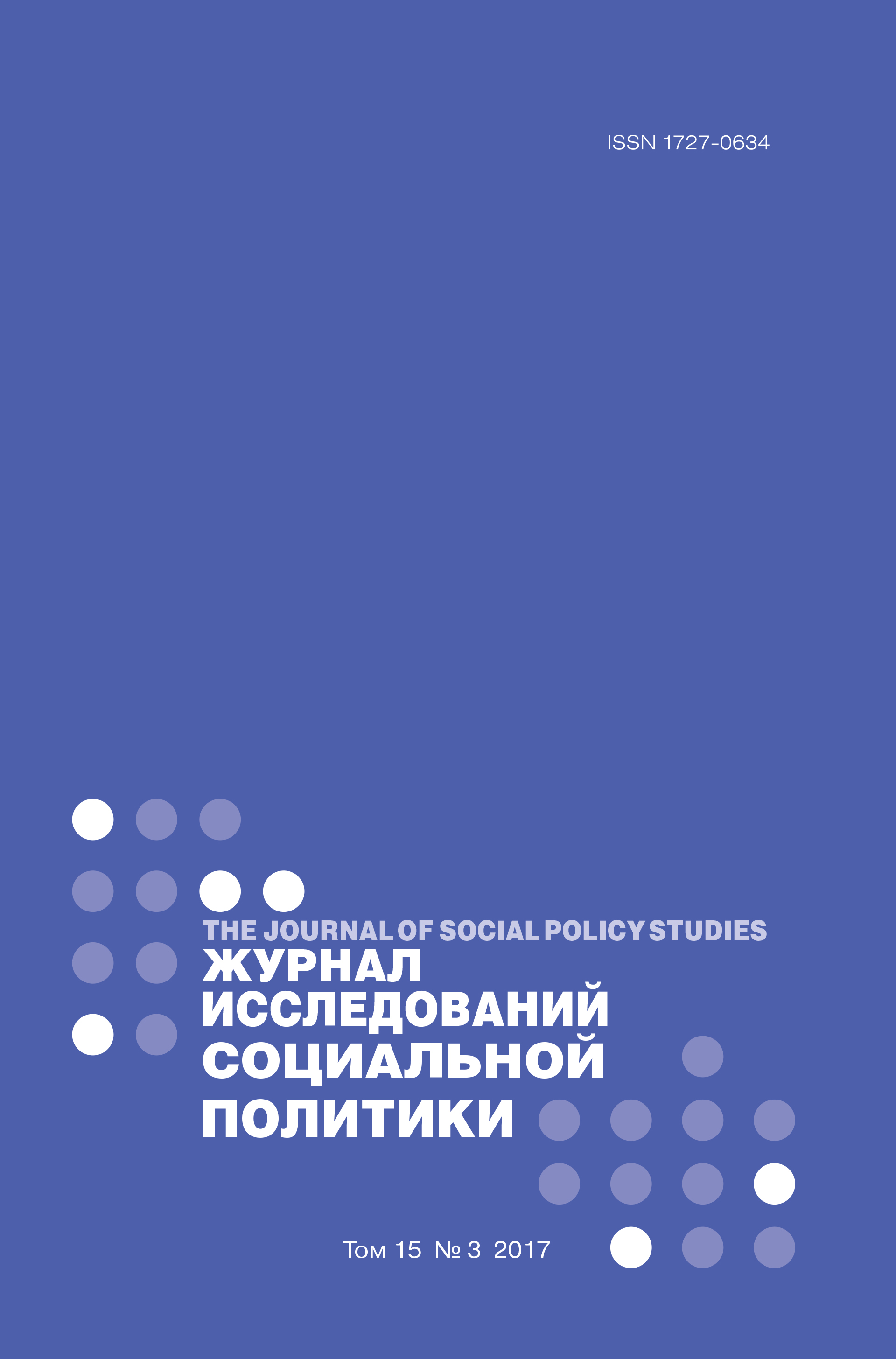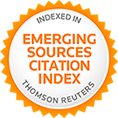Middle-Income Families in Russia: Comparing Domestic Support and Exposure to Risk
Abstract
Yulia Pavlovna Lezhnina – Kandidat Nauk (PhD) in Sociology, Senior Researcher, Institute for Social Policy, National Research University Higher School of Economics, Institute of Sociology, Russian Academy of Science, Moscow, Russian Federation. Email: lezhnina@list.ru
The article is based on the monitoring data of Institute of Sociology RAS, 2016. It examines the socio-demographic characteristics of middle-income groups and pays attention to household characteristics in terms of the potential risks of economic instability. Middle-income groups are determined according to relative measuring of social stratification through comparing average household income with the country median of this indicator. It is shown that the middle-income strata, being heterogeneous, are divided into two fundamentally separate groups with remarkably different levels of exposure to economic risks. Moreover, the conditional division of the population as a whole lies between these two groups. The lower part of this strata, despite their income meeting the ‘national average’ level, is on the verge of vulnerability, and, thus, is sensitive to socio-economic instability. Its socio-demographic factors, including family structure (high dependency ratio, large percentage of non-working pensioners, etc.), cause additional risks. The upper segment of the middle-income strata is in a much more favourable situation not only according to incomes, but also due the fact they enjoy relatively stable positions in the labour market. It is shown that having a family entails an additional risk of low status for both subgroups of middle-income Russians, something that is primarily due to the dependency load. The degree of this risk is slightly mitigated for the lower segment of the strata because they are better integrated into social support systems. For the upper segment of the strata, the general resources of the family play this role. The extended family can be seen as a possible resource of support for the middle-income groups, but this is limited by the objective capabilities of related networks and the nature of the relationships. In this regard, the potential of support for the lower segment of the middle-income group is significantly lower than for the upper one, and this increases the differentiation of their position during crisis.















